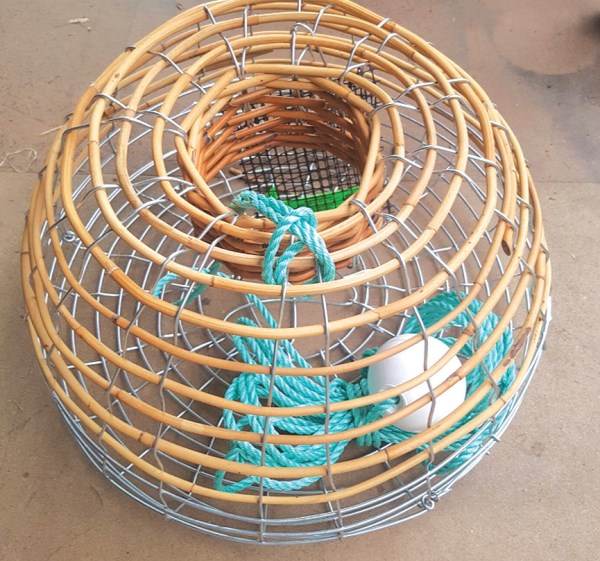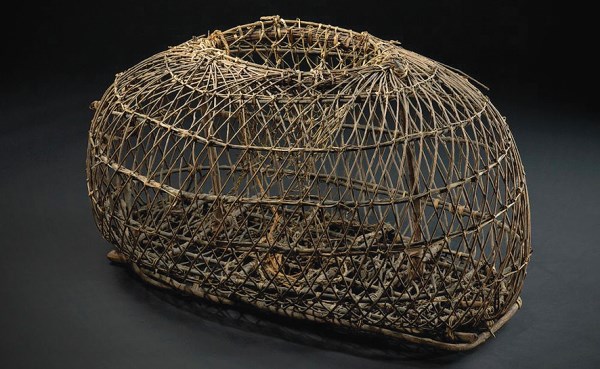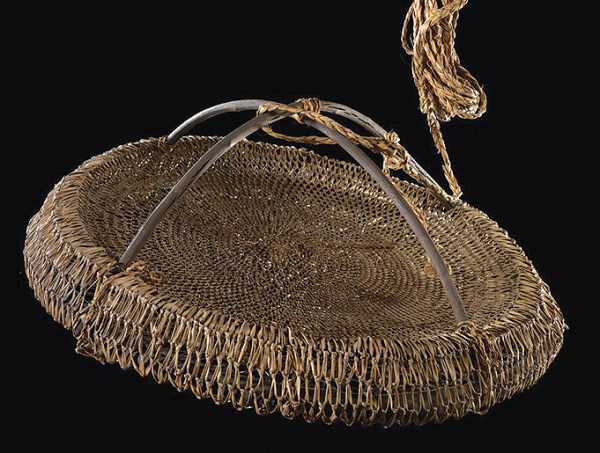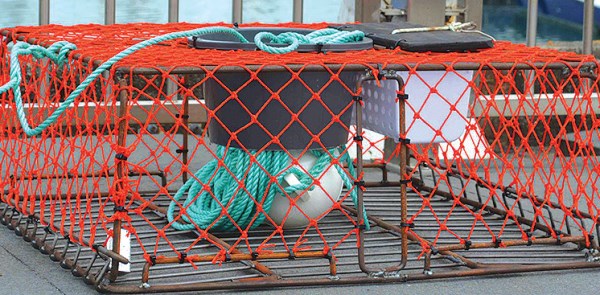
In the same manner that you have to crawl before you can walk, it is also an immutable law of the universe that you cannot eat it until you catch it. Daryl Sykes explains methods and techniques that can put high quality seafood on the tables of recreational rock lobster fishers
What you can and cannot have —protected rock lobsters
The following types of rock lobster are protected by law and must be returned immediately to the water:
• undersized rock lobster;
• female rock lobster carrying external eggs (carried between the pleopods on the underside of the tail);
• soft shell stage rock lobster;
• rock lobster that cannot be measured (e.g. because of damage to the tail preventing accurate measurement).
• Regulations prescribe that only hand operated loop or lassos may be used by recreational fishers. Spring loaded loop or lassos are prohibited; spears or devices that could puncture the shell must not be used. Possessing rock lobster that have been speared is an offence.
• So potting, hand gathering (with or without loops or snares) are the legal options.
Recreational rock lobster potting
Individuals may use, set, or possess up to three rock lobster pots in any one day. Two or more individuals fishing from a vessel may use, set, or possess up to six rock lobster pots in any one day. All pots and surface floats must be clearly and permanently marked with fishers surname and initials.

A traditional rock lobster or cray pot is a dome shaped enclosed basket with a single entrance at the top. A neck protrudes into the pot to make it difficult for the rock lobsters to escape. These ‘beehive’ lobster pots are constructed of a metal frame interwoven with #6 wire or steel cable at the base and strips of mackerel cane, supplejack or galvanised wire on the sides and top. The collar and neck is made of a tight cane, wire or sometimes 10mm alkathene weave.
Pots may also be a box shape made out of a steel mesh base with a lighter metal frame covered in netting with solid plastic collar and neck. Welded steel mesh or mesh covered steel frames with plastic collars and bait containers fitted to the top surface are widely available. TradeMe is a good place to compare styles and prices.
A surface buoy must be used to identify each pot that is set and additional buoys or a dhan pole and flag can be used to improve detection. Pots must have escape gaps (apertures) designed to allow undersized rock lobster to escape. No escape gap shall be incorporated in either the top or the bottom of any pot. Each escape gap must have an inside dimension of at least 54mm x 200mm.

Escape gaps enable rock lobster smaller than the minimum legal size to leave the pot before it is hauled. Check the regulations for escape gap specifications in different pot types. Escape gaps will greatly increase your chances of catching more legal rock lobsters. The big ones prefer their own company and avoid groups of younger and smaller counterparts.
Setting up the pot
The rock lobster pot (tāruke) is baited by attaching bait to the neck on the inside of the pot using baling twine or flax ties. You can get better bang for bucks from your bait by placing it in a mutton cloth bag before hanging it in the pot. Bait containers are also very efficient—your bait will last longer giving you a longer soak time. Rough rule of thumb—no bait in pots, no lobsters in pots.
The baited pot is then set on the sea floor on rocky reef habitat with some kelp cover. The bait provides a scent in the water that attracts the rock lobster to enter the pot. Overnight soak times are best although, at certain times of the year, lobsters will feed during daylight hours and pots set in the morning and lifted early evening can produce good catches. But for the overnight soak all you are likely to catch are the lobsters that have remained in the pot after sunrise. Research into potting techniques shows lobsters of all sizes freely moving into and out of pots during the night.

Your fishing success is a function of gear design and construction, bait quality, soak time, water depth, where you position the pot, and the seasonal biological cycles of lobsters. There are times in the year where you can set your gear in a good location with the best bait and catch nothing—for days on end. Other times your pots come up chocka. They’re the good times so take note of the conditions: tides, moon phase, sea conditions, bait type etc. Another rough rule of thumb—rotten bait means rotten catches. And do you really want to eat anything that itself has eaten garbage for its last meal?
Handgathering—the money or the bag?
Hand gathering is an ancient and noble way of harvesting seafood. It requires patience, guile, and technique, but to do it well and to successfully take a catch of lobsters is a very satisfying experience.
The undoubtedly tried and tested techniques are those long used by Māori. Ring pots (a pouraka) were widely used. Baited with pāua, or crushed crab and kina, and dangled into a likely lobster den (rua). Wait and watch, and haul quickly but steadily when you see the lobsters come into the ring.
Another hand gathering method was a kete (woven flax bag) tied to the end of a manuka stick. You would have dived down already and seen the lobsters but you’ve worked out that they’re too hard to get to with your hand and so you try a different approach. With this one, you’ve attached the kete in a certain way so that you can twist the kete closed with the manuka stick when you see the lobsters have gone inside to get the bait—crab and kinas work well. But you have to be quick with the twist or otherwise the crayfish will swim away. When they’re in, you pull the kete up and you’ve got dinner.
There is a more contemporary but similar approach using an onion bag and a manuka stick. Crush some crabs and kinas and put them in the onion bag. Tie the onion bag to the manuka stick and put it just outside a crayfish rua. The stick has to be long enough to get your snare to where it has to go. You might be lying above the rua, sort of half-way in the water, looking down with your goggles on. You put the onion bag down, the crays come at it for the crab and kina and when their legs get tangled in the onion bag, you pull it up and again, you’ve got dinner.
Māori had other ways to get rock lobsters but in the end, the pouraka (ring pots) and tāruke (baskets) were the preferred option. Bait them up, drop them near the rua and come back the next day to see what you’ve got.
The ups and downs of diving
It might be fun and it can be great exercise, but diving for rock lobsters is possibly not the best method, for a number or reasons. Lobsters are available to divers during all of their biological cycle, including moulting and breeding periods where they would otherwise not be vulnerable to potting.
And how many times have you seen photos or videos of lobster divers holding up catches with missing legs and/or antennae. In fact it is likely that you only ever see what divers land, not what they have tried and failed to catch, and damaged in the process. Damage inhabits growth, can expose the lobsters to bacterial infections, and make them more vulnerable to predators. Good divers know the best techniques, so ask the experienced ones for advice. Learning the hard way will come at an unnecessary cost to the lobster population and your future fishing success.












